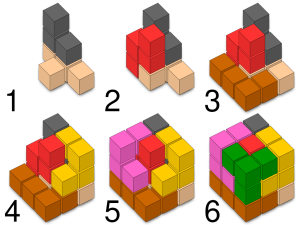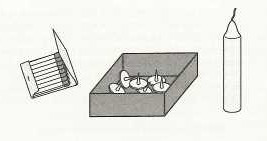Module 11: Problem-Solving
 Description: How do humans solve complex problems? This module examines different approaches to problem-solving, from systematic strategies to creative insights. We explore the distinction between reproductive and productive thinking, and investigate factors that can help or hinder effective problem-solving.
Description: How do humans solve complex problems? This module examines different approaches to problem-solving, from systematic strategies to creative insights. We explore the distinction between reproductive and productive thinking, and investigate factors that can help or hinder effective problem-solving.
Why This Module is Important: Understanding problem-solving processes is essential for counseling practice. Therapists use this knowledge to help clients develop more effective problem-solving strategies, overcome cognitive blocks, and find creative solutions to life challenges. This understanding helps counselors recognize when clients are stuck in reproductive thinking patterns and guide them toward more productive approaches. Beyond therapy, these principles inform educational methods, guide artificial intelligence development in problem-solving tasks, and help organizations improve decision-making processes. This knowledge helps you understand how people approach and solve complex problems.

Module Learning Objectives: By the end of this module students will be able to…
- MLO1: Analyze the conditions under which reproductive versus productive thinking is most effective and evaluate their applications across different problem domains. (CLO1, CLO2, ULO1, APA1, APA2)
- MLO2: Analyze AI approaches to problem-solving. (CLO2, ULO1, APA2)
- MLO3: Evaluate the role of intuition in problem-solving. (CLO4, CLO5, ULO1, APA4, APA5)
Media Attributions
- Soma Cube Puzzle Solution by Cmglee, Licensed under CC BY-SA 4.0
- Dunker Candle Problem by Karl Dunker, Public domain image

